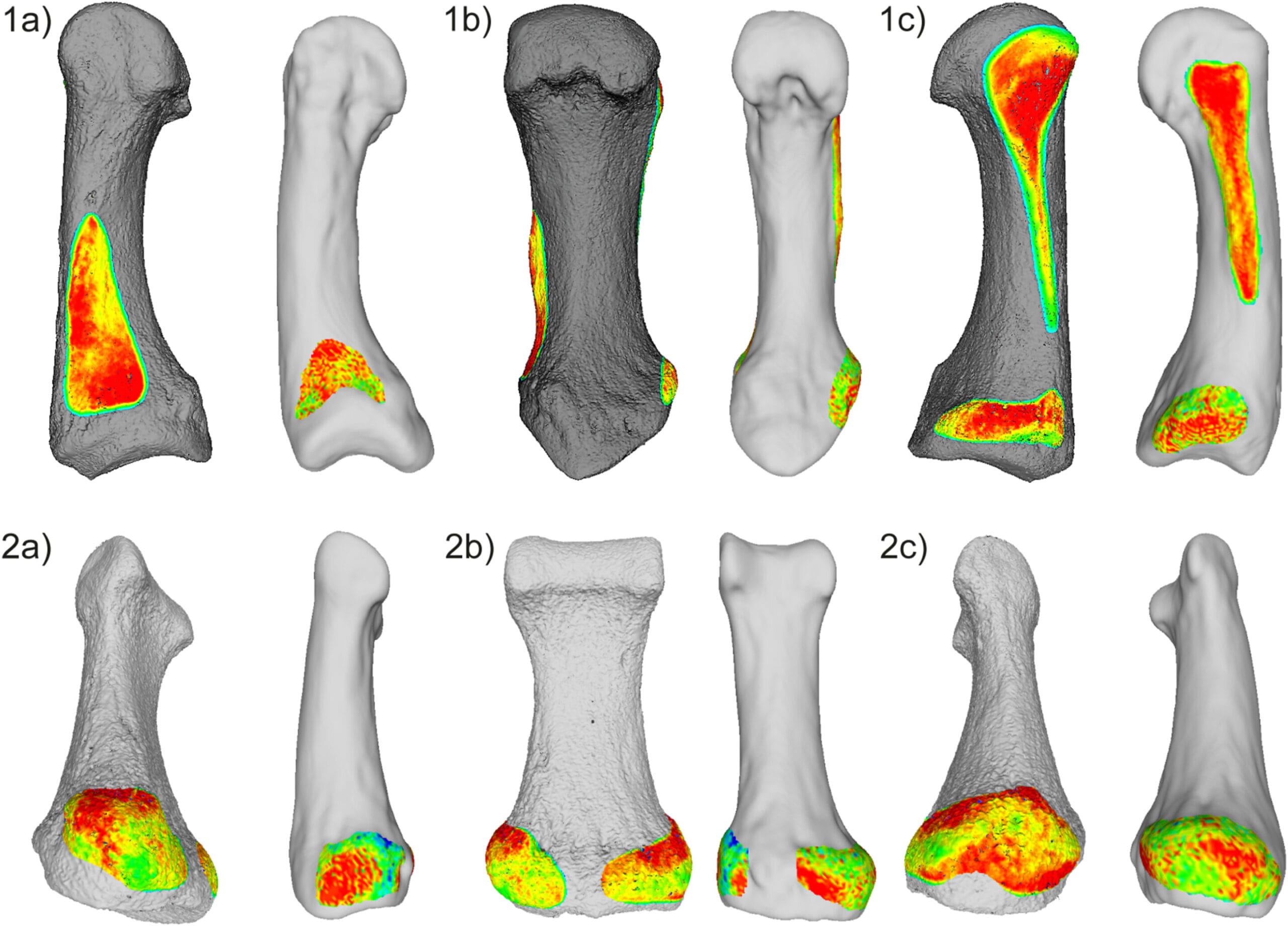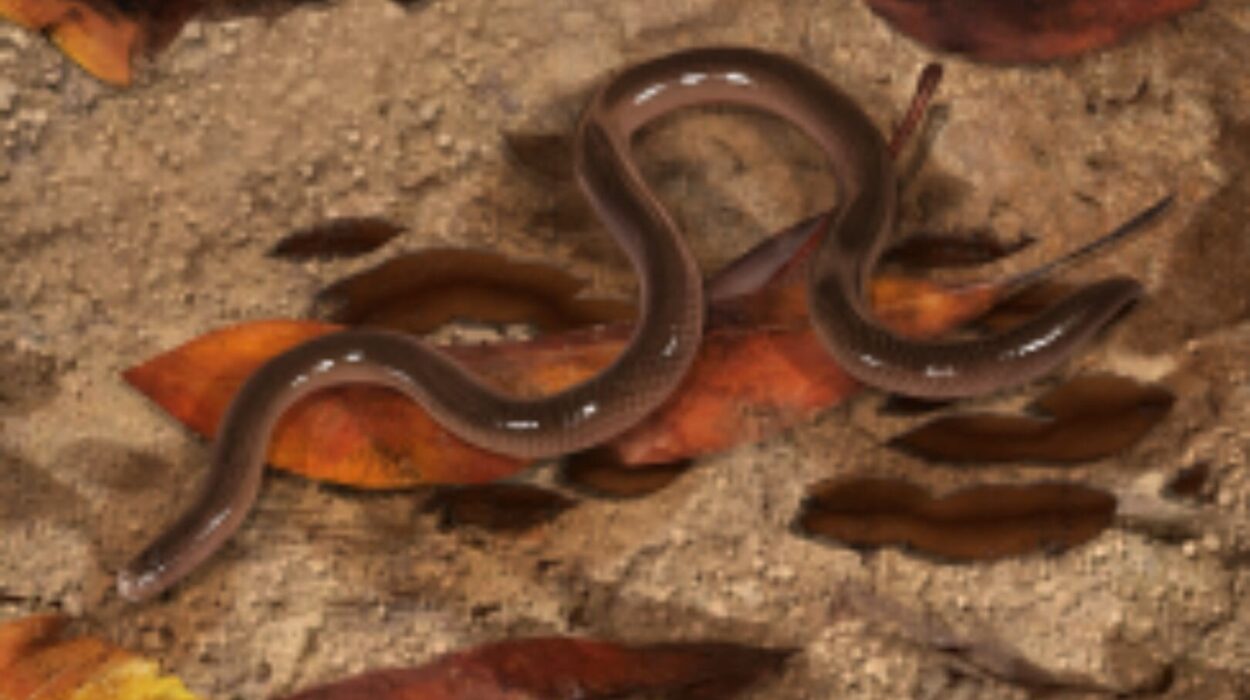An analysis by Eberhard Karls University of Tübingen, Germany, on the manual capabilities of early hominins reveals that certain species of Australopithecus may have exhibited hand use patterns similar to those of modern humans. This discovery challenges previously held beliefs about the timeline of human tool use and the origins of manual dexterity, suggesting that the roots of these abilities may extend further back in evolutionary history than once thought.
The study, titled “Humanlike Manual Activities in Australopithecus,” was published in the Journal of Human Evolution. It sought to understand the hand anatomy of three Australopithecus species—A. afarensis, A. africanus, and A. sediba—and compare them to the hands of modern humans, Neanderthals, gorillas, chimpanzees, and orangutans. The research aimed to investigate whether these early hominins were capable of the kind of fine motor skills associated with tool use, which is considered a hallmark of human evolution.
One of the study’s primary methodologies involved examining the muscle attachment sites on the hands of these Australopithecus species. Muscle attachment sites are critical to understanding how the hand functions, as they reveal where muscles are anchored to bones and give insight into the force exerted during manual activities. These attachment sites help determine the kinds of grips or actions an organism could perform and are fundamental in studying the biomechanics of the hands.
To analyze the biomechanics in greater detail, the study used three-dimensional models of the hand bones. The researchers identified muscle attachment areas based on the variations in bone surface elevation, coloration (where available), and surface complexity. These features were meticulously mapped to distinguish the muscle attachment sites from the rest of the bone, allowing for a more nuanced understanding of hand use.
The findings were significant. The study revealed that both A. sediba and A. afarensis exhibited patterns of muscle attachment that suggested these species were capable of manual behaviors similar to those of modern humans. These included power grasping—used for holding and manipulating objects—and in-hand object manipulation, both essential for tool use. The muscle attachment patterns in these species were particularly indicative of the ability to perform these tasks, which are often linked to the use of tools.
In contrast, A. africanus displayed a combination of muscle attachment features, showing a mosaic of humanlike and apelike traits. This suggested that A. africanus had a more versatile hand, capable of both humanlike grasping and manipulation as well as behaviors seen in modern apes. This variability may indicate that A. africanus engaged in a mix of activities, some of which could have involved the use of tools, but with a different level of sophistication compared to A. afarensis and A. sediba.
The research supports the idea that humanlike hand use likely emerged earlier in evolutionary history than previously thought. The authors suggest that these early hominins may have engaged in activities involving the use of tools, and that these activities could have influenced the development of higher manual dexterity in later hominin species, including the genus Homo. The study also implies that the origins of humanlike tool use may have been linked to the evolution of the hand as an adaptable organ capable of complex behaviors.
The study of early hominin tool use is challenging because the evidence is scarce. The oldest known stone tools date back to around 3.3 million years ago, but these tools were not found with fossilized remains that could conclusively identify which species used them. Even earlier evidence, such as cut marks on the bones of large mammals dated to about 3.4 million years ago, suggests that some form of tool use—likely for processing meat—was already in place, though the exact tools and their users remain unclear. Since early tool makers likely relied on perishable materials like bone or wood, which do not preserve well over time, traces of their tools are extremely difficult to detect.
Nevertheless, the findings from this study provide critical insights into the manual capabilities of early hominins and may tell us more about their tool use than traditional archaeological evidence. The study demonstrates that, even in the absence of direct evidence of tools, the anatomical evidence in the hands of early hominins provides a window into their behavior and capabilities.
The study also adds new dimensions to our understanding of the three species of Australopithecus that were investigated. These species are considered key to understanding human evolution, as they represent important stages in the development of our lineage.
Australopithecus afarensis lived from approximately 3.9 to 3 million years ago in East Africa. This species is one of the best-known early hominins, largely due to the famous fossil “Lucy,” whose skeleton provides valuable information about the species’ anatomy. A. afarensis was bipedal, able to walk on two legs, but still retained some adaptations for climbing trees, such as long arms and curved fingers. Its braincase was relatively small compared to later hominins, and its facial features were more ape-like. The evidence of humanlike hand function in A. afarensis supports the idea that this species may have engaged in activities requiring manipulation of objects, although it is not clear whether they used tools in the way later Homo species did.
Australopithecus africanus lived from about 3.3 to 2 million years ago in southern Africa. This species also displayed bipedalism but retained some adaptations for climbing. Unlike A. afarensis, A. africanus had a larger braincase and a more rounded skull. The hand anatomy of A. africanus suggests a mix of humanlike and apelike features, pointing to a versatile manual capability. This versatility could have allowed A. africanus to perform a range of tasks, from foraging for food to possibly engaging in some form of tool-related activities, though it is unclear to what extent tools were involved.
Australopithecus sediba, which lived around 2 to 1.8 million years ago, was discovered in the Malapa region of South Africa. This species had a slightly larger braincase than A. afarensis and exhibited some features that were more humanlike, particularly in the pelvis and lower limbs, which were adapted for bipedalism. The hand anatomy of A. sediba, as revealed by the study, suggests that this species had more advanced manual capabilities compared to A. afarensis, supporting the idea that A. sediba may have engaged in tasks involving fine motor skills or even rudimentary tool use.
The evolution of humanlike manual dexterity is a critical step in the development of our species, as it enabled our ancestors to manipulate their environment in ways that other species could not. The study of early hominin hand anatomy provides a valuable tool for understanding this evolutionary process. Even though the full extent of tool use among early Australopithecus species remains elusive, this research highlights the importance of hand function in the evolutionary trajectory that led to modern humans.
Reference: Jana Kunze et al, Humanlike manual activities in Australopithecus, Journal of Human Evolution (2024). DOI: 10.1016/j.jhevol.2024.103591






